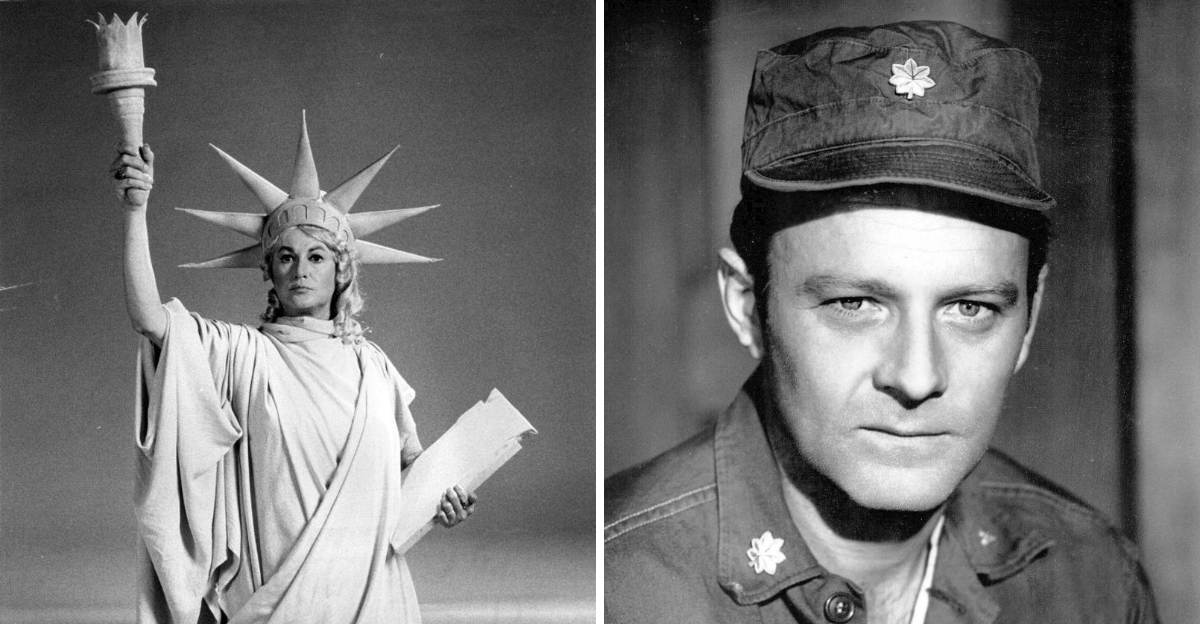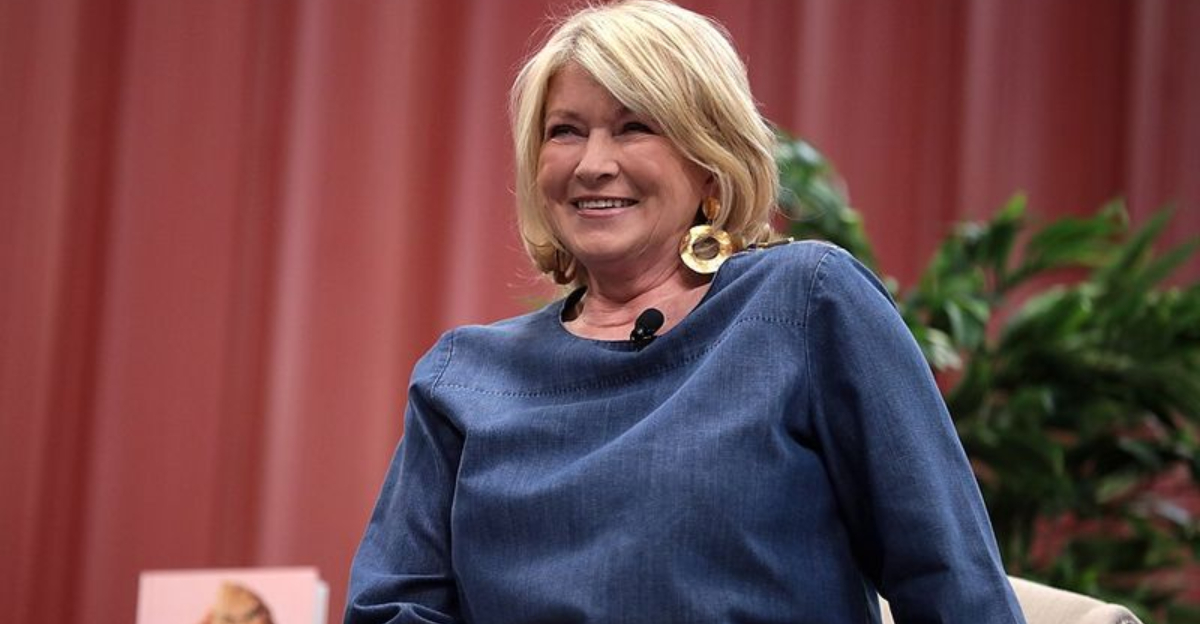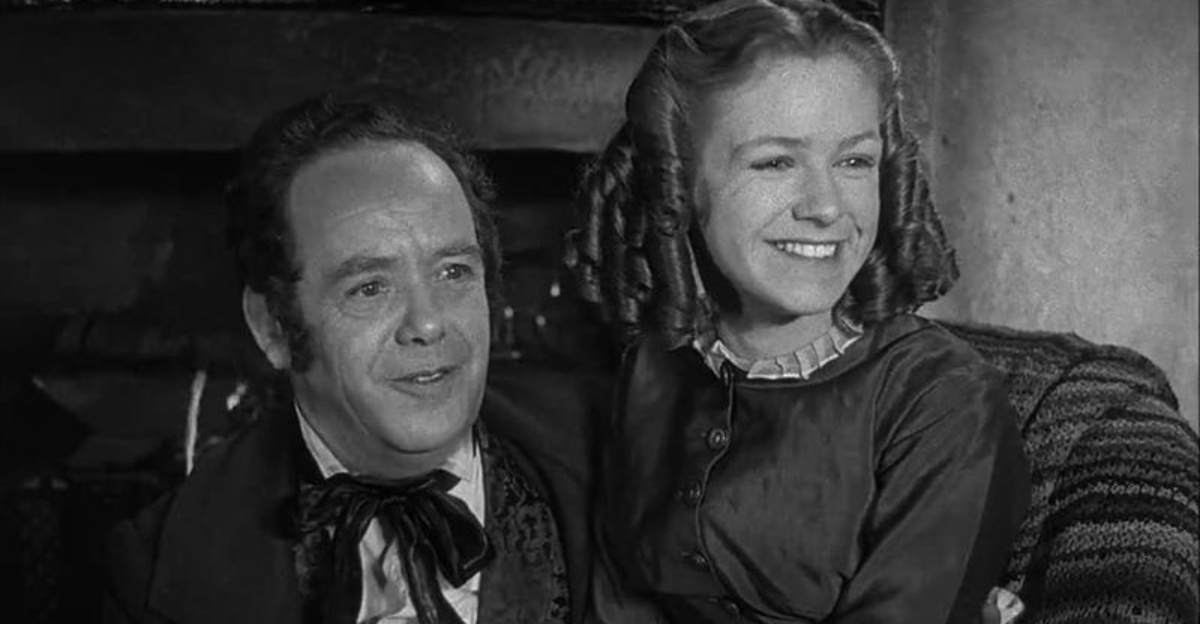10 Blockbuster Anime Series That Flew Under The Radar In The U.S.
Dragon Ball and Naruto might rule streaming queues in the U.S., yet Japan has unleashed massive animated hits that barely made a ripple stateside.
Huge stadium events, overflowing merch aisles, and fanbases so loud they practically shake the air, all happening while American anime circles stay strangely quiet. Hidden blockbusters sit just out of sight, waiting for curious fans to stumble onto their worlds.
Feeling ready to uncover the mega-hits that somehow slipped right under your radar?
Information shared here highlights historical and cultural perspectives on global anime franchises. Entertainment preferences and media availability vary by region, so readers interested in exploring these series should check current licensing, age ratings, and streaming access to ensure they match personal viewing needs.
Sazae-San

Picture this: an animated show that’s been on air since 1969, earning a Guinness World Record as the longest-running animated TV series ever. Every Sunday evening, Japanese families gather around the TV to watch Sazae and her quirky household navigate everyday mishaps.
Yet most Americans have never heard of it. Why? Cultural comedy doesn’t always translate, and streaming services rarely pick up decades-old sitcoms without flashy action sequences.
Doraemon

If you grew up in Asia, this blue robot cat practically raised you. Doraemon pulls futuristic gadgets from his fourth-dimensional pocket to help a clumsy kid named Nobita, teaching lessons about friendship and responsibility along the way.
However, American kids missed out on this childhood staple. Limited English dubs and tough licensing kept Doraemon confined mostly to nostalgic YouTube clips rather than Saturday morning cartoons.
GeGeGe no Kitarō

Yokai – Japanese supernatural creatures – star in this franchise that launched way back in the 1960s and keeps getting fresh TV adaptations. Kitarō, a one-eyed boy born in a graveyard, defends humans from mischievous spirits with humor and heart.
Though it inspired countless monster-hunting anime, GeGeGe no Kitarō remains a deep cut in the States. Folklore-heavy storytelling needs cultural context that many U.S. distributors deemed too niche to market widely.
Crayon Shin-Chan

Meet Shinnosuke Nohara, a five-year-old with the mouth of a stand-up comedian and zero filter. His antics – butt dances, cheeky one-liners, and endless pranks, have made Crayon Shin-chan a comedy powerhouse across Asia and Europe.
American audiences? Not so much. Early English dubs leaned into adult humor that confused parents, and networks couldn’t decide if it was a kids’ show or late-night satire, leaving Shin-chan stuck in limbo.
Anpanman
Imagine a superhero whose head is made of sweet bread, and he literally gives pieces of himself to feed hungry kids. That’s Anpanman, Japan’s beloved preschool icon with theme parks, museums, and more merchandise than you can count.
Why isn’t he flying around U.S. playgrounds? Simple visuals and gentle morals don’t scream blockbuster to American toy companies. Plus, bread-based heroes don’t quite compete with web-slingers and caped crusaders stateside.
Futari wa Pretty Cure (Pretty Cure)
Before magical girls were all pastel wands and sparkles, Pretty Cure brought fist-fighting heroines who punched monsters into stardust. Launched in 2004, the franchise has spawned over a dozen series, movies, and enough toy sales to rival any shonen hit.
Still, Sailor Moon hogged the U.S. spotlight. Networks hesitated to gamble on another magical-girl import, so Pretty Cure’s high-energy battles stayed mostly fan-subbed online instead of hitting mainstream TV.
Detective Conan (Case Closed)

What if Sherlock Holmes got zapped into a seven-year-old’s body but kept his genius mind? That’s Detective Conan in a nutshell – over a thousand episodes of intricate whodunits, secret organizations, and cliffhangers that hook millions of Japanese viewers weekly.
Though it did air in the U.S. as Case Closed, confusing name changes and sporadic releases killed momentum. Many American mystery fans never realized they were missing one of anime’s longest-running detective epics.
Yo-kai Watch

For a hot minute, Yo-kai Watch challenged Pokémon’s throne in Japan. Kids collected medals, summoned mischievous spirits called yo-kai, and sang the catchy theme song everywhere. The franchise exploded with games, toys, and a hit anime series.
Crossing the Pacific, though? The momentum fizzled. American kids stuck with Pikachu, and despite a big marketing push, Yo-kai Watch never quite captured that same playground buzz outside Japan.
Gintama
Samurai meets sci-fi meets slapstick in this wildly popular series that parodies everything from Dragon Ball to historical figures. Gintoki and his ragtag crew tackle odd jobs in an alternate-history Japan occupied by aliens, blending heartfelt drama with laugh-out-loud gags.
Why did it fly under U.S. radars? Cultural references and Japanese wordplay don’t always survive translation. Without that context, many American viewers scrolled past, missing one of anime’s funniest and most loyal fan communities.
Chibi Maruko-Chan

Step into 1970s Japan through the eyes of Maruko, a cheeky third-grader who fumbles through homework, family dinners, and tiny childhood dramas. Her relatable misadventures have warmed Japanese hearts for decades, making Chibi Maruko-chan a nostalgic Sunday staple.
American audiences, however, rarely encounter it. Slice-of-life shows about everyday family life don’t pack the explosive battles or fantasy worlds that dominate U.S. anime charts, leaving Maruko quietly adored only by those who seek her out.






